Hypetap Intelligence: Talkin’ to your generation.
A Data-Driven Guide to How Australia’s Generations Engage with Influencer Marketing.
October 2025.
The one-size-fits-all approach is dead.
For too long, brands have relied on a broad-brush approach to influencer marketing, assuming all audiences engage with content in the same way.

The Hypetap Intelligence ‘Talkin’ to Your Generation’ report, based on an analysis of thousands of Australian influencers and billions of data points, has been designed to unpack and understand how each generation of Australians use, interact and respond to Influencer marketing.
As you will see in this report, there is a significant generational divide.
Each age group uses social media and influencer content for a distinctly different purpose.
From Gen Z’s pursuit of entertainment and escapism on TikTok to Boomers’ trust in influencers for financial advice, a brand’s success hinges on understanding its audience’s core motivation.
Understanding a generation’s ‘why’ is the key to creating impactful influencer campaigns that resonate on a deeper level and drive true engagement.
Background.
We assessed over 10,000 Influencer profiles specifically with strong Australian audiences.
The Generations assessed were based on the following age brackets:
- Gen Z: 13-24
- Millennial: 25-44
- Gen X: 45-64
- Boomer: 65+

The Generational Shift.
From mass-marketing to micro-communities.
Social media has shattered the traditional media landscape, allowing niche content to thrive. This has led to the formation of distinct, interest-based communities that align with each generation’s values, priorities, and life stages.
While Instagram remains a hub for lifestyle and aspirational content, TikTok has become a dominant force for short-form, entertainment-first creators.
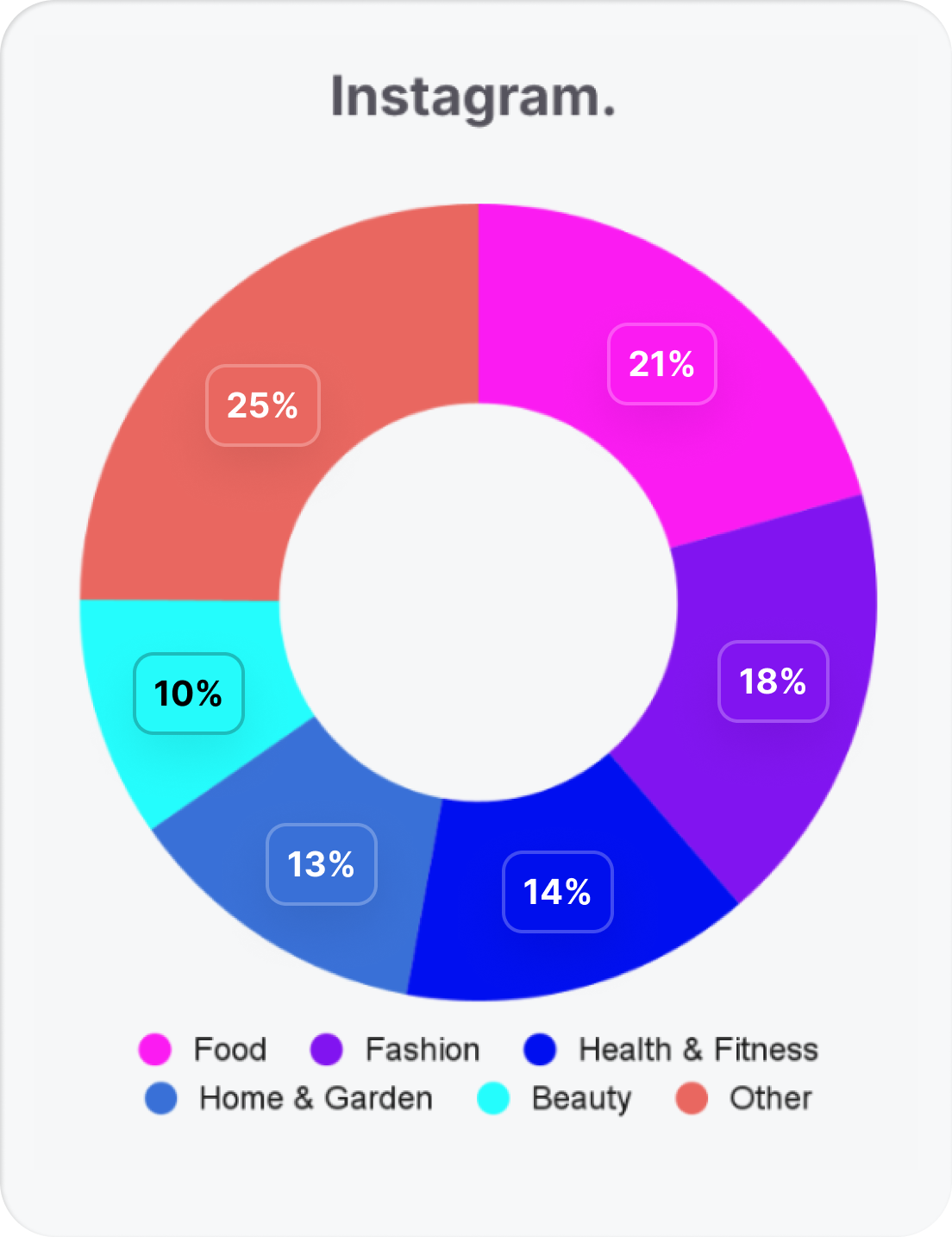 |
 |
Gen Z: The architects of Entertainment.
Gen Z on TikTok. The Reign of Comedy and Entertainment.
Gen Z engages with influencers on TikTok for one primary reason: to be entertained. Their content consumption is overwhelmingly dominated by creators who provide humour, relatable skits, and high-energy performances.
90% of Gen Z’s top followed creators on TikTok are in the “Comedy” and “Entertainment” categories.
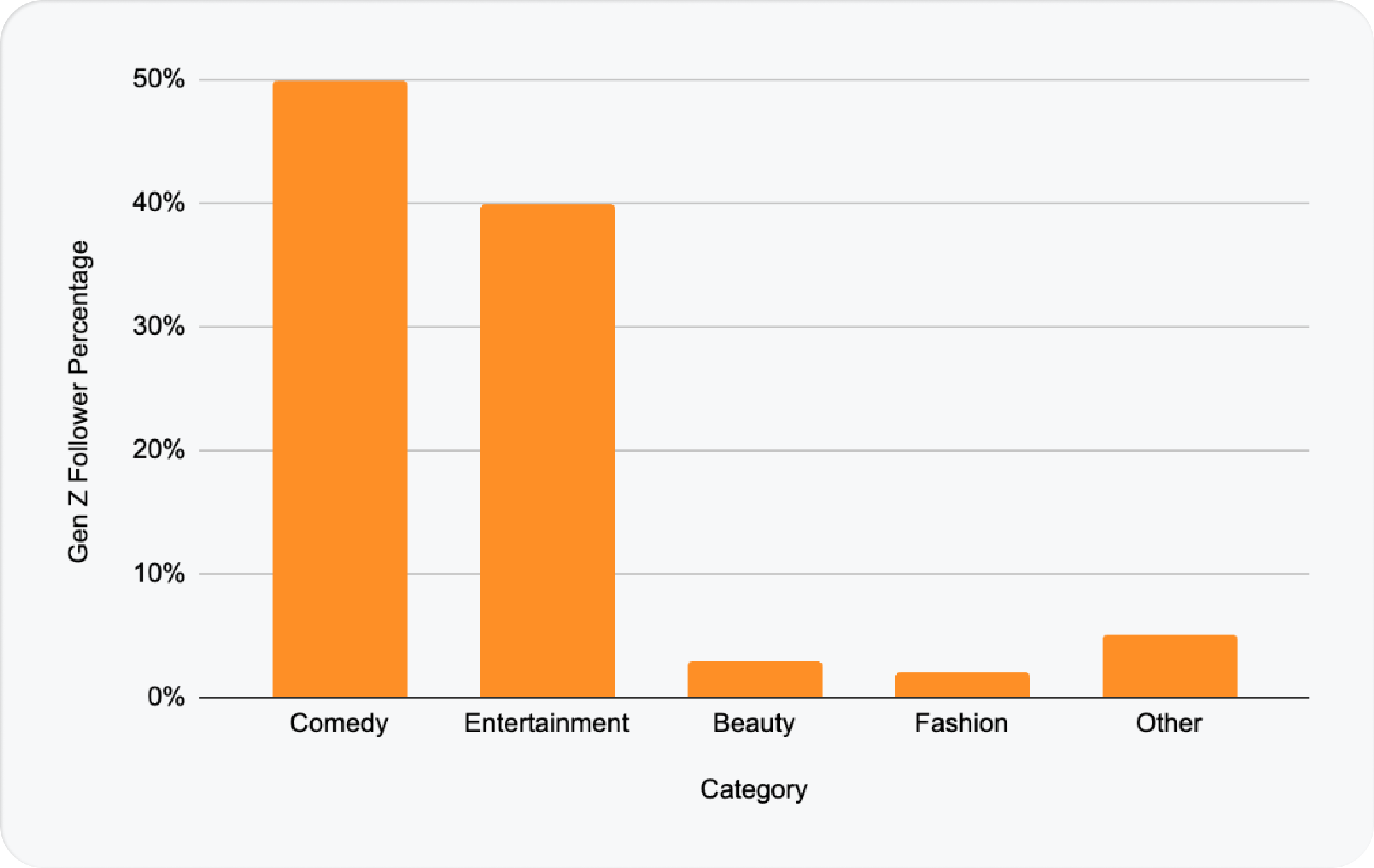
@millie
Millie Ford’s satirical impersonations of iconic Australian personas and relatable situations have earned her a massive following and demonstrates the power of
relatable humour.

Gen Z on Instagram. Building identity through Beauty and Fashion.
While TikTok is for laughs, Instagram is for style. Gen Z uses this platform to follow creators who inspire their personal aesthetics and fashion choices. The content is more curated, visual, and aspirational.
60% of Gen Z’s top creators on Instagram are “Beauty” and “Fashion” creators.
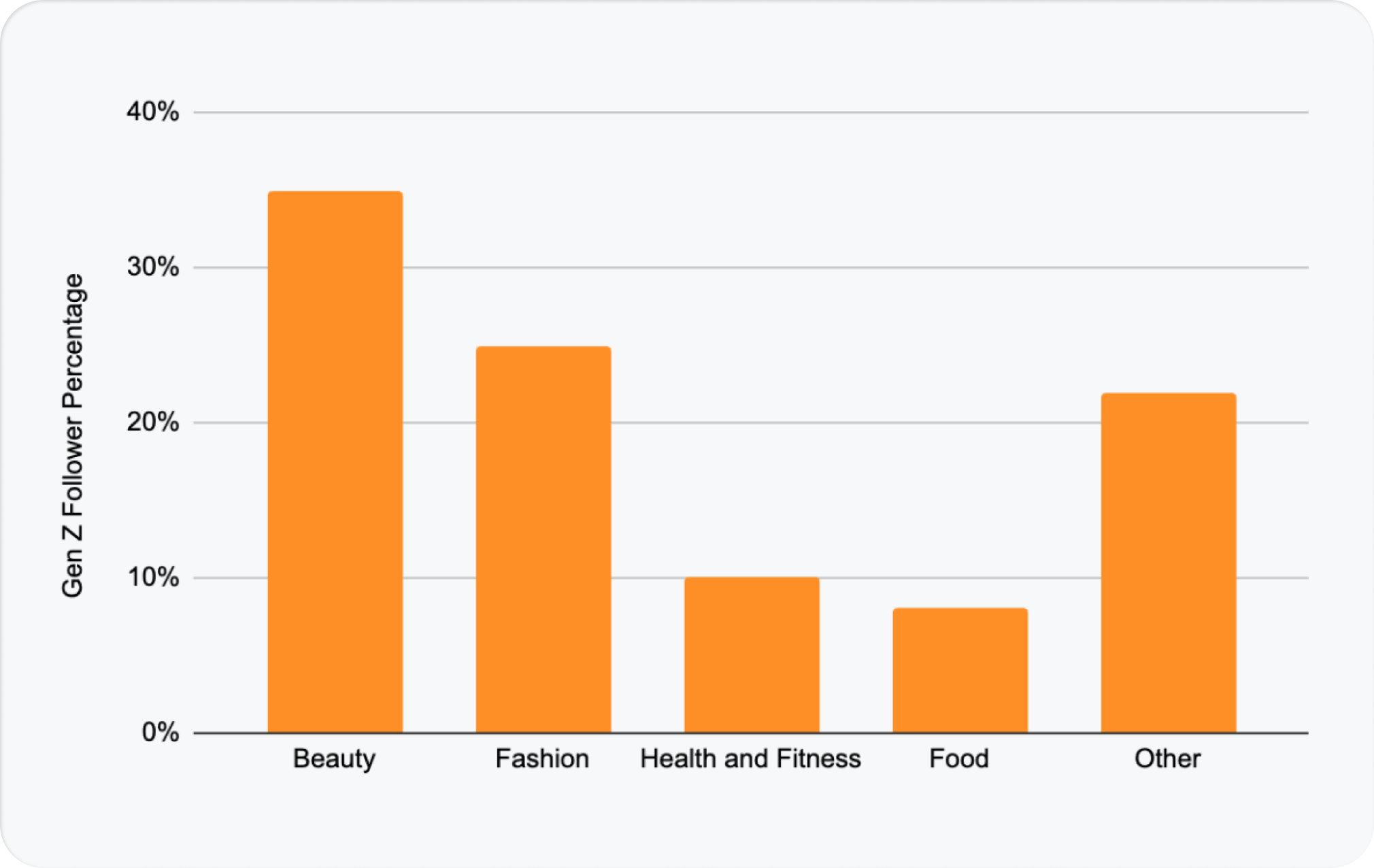
@chloemorello
Chloe Morello’s polished tutorials and reviews continue to attract a young, engaged audience seeking professional and creative style advice.

Millennials: From Fun to Functional.
Millennials on Instagram. The “How-To” Generation.
Millennials are using Instagram to find solutions for the challenges of modern life. They are following creators who offer practical advice, recipes, and tips that help them manage their homes and families.
65% of top Millennial influencers on Instagram are in the “Parenting,” “Food,” and “Home & Garden” categories combined. This indicates a motivation to find practical advice and inspiration.

@recipe_tin
Nagi Maehashi has built a community of highly-engaged home cooks by creating foolproof recipes that provide real value perfectly aligning with the millennial quest for practical, “how-to” content.
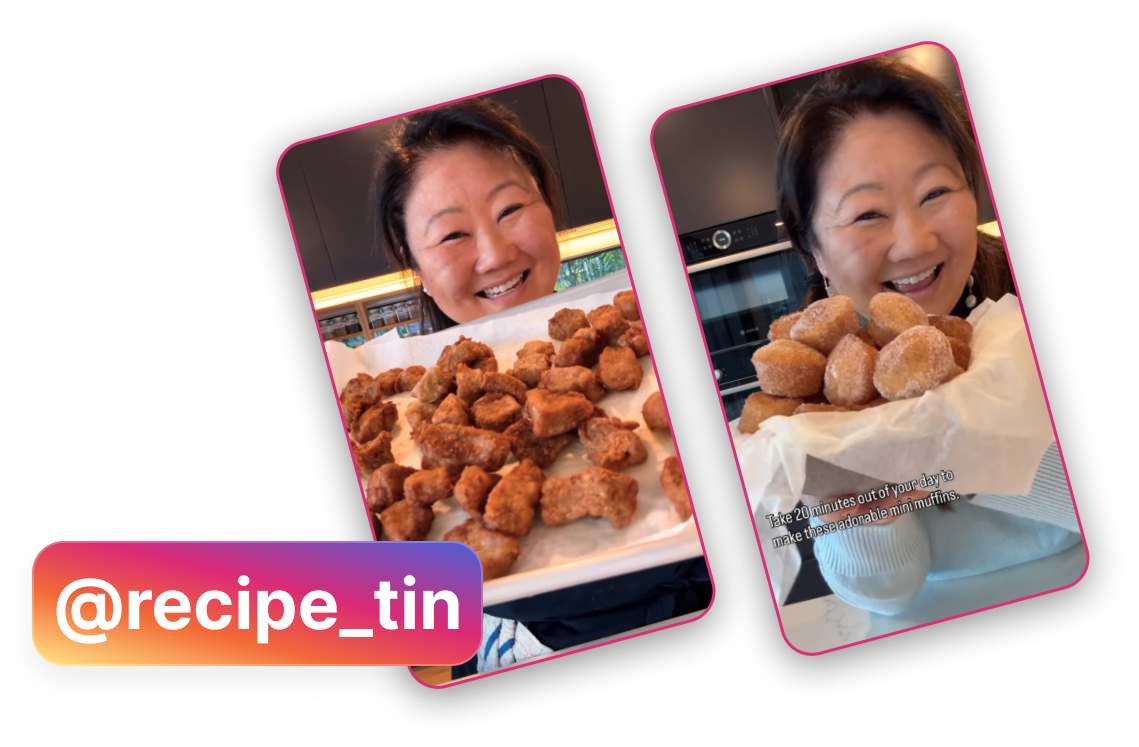
Millennials on TikTok. Laughing and Learning.
Unlike Gen Z, Millennials are not just seeking pure comedy; they are actively looking for short-form, digestible content that provides both entertainment and intellectual value.
The popularity of “Educational” content on TikTok shows that Millennials are highly receptive to brands that can blend entertainment with valuable, knowledge-based content.
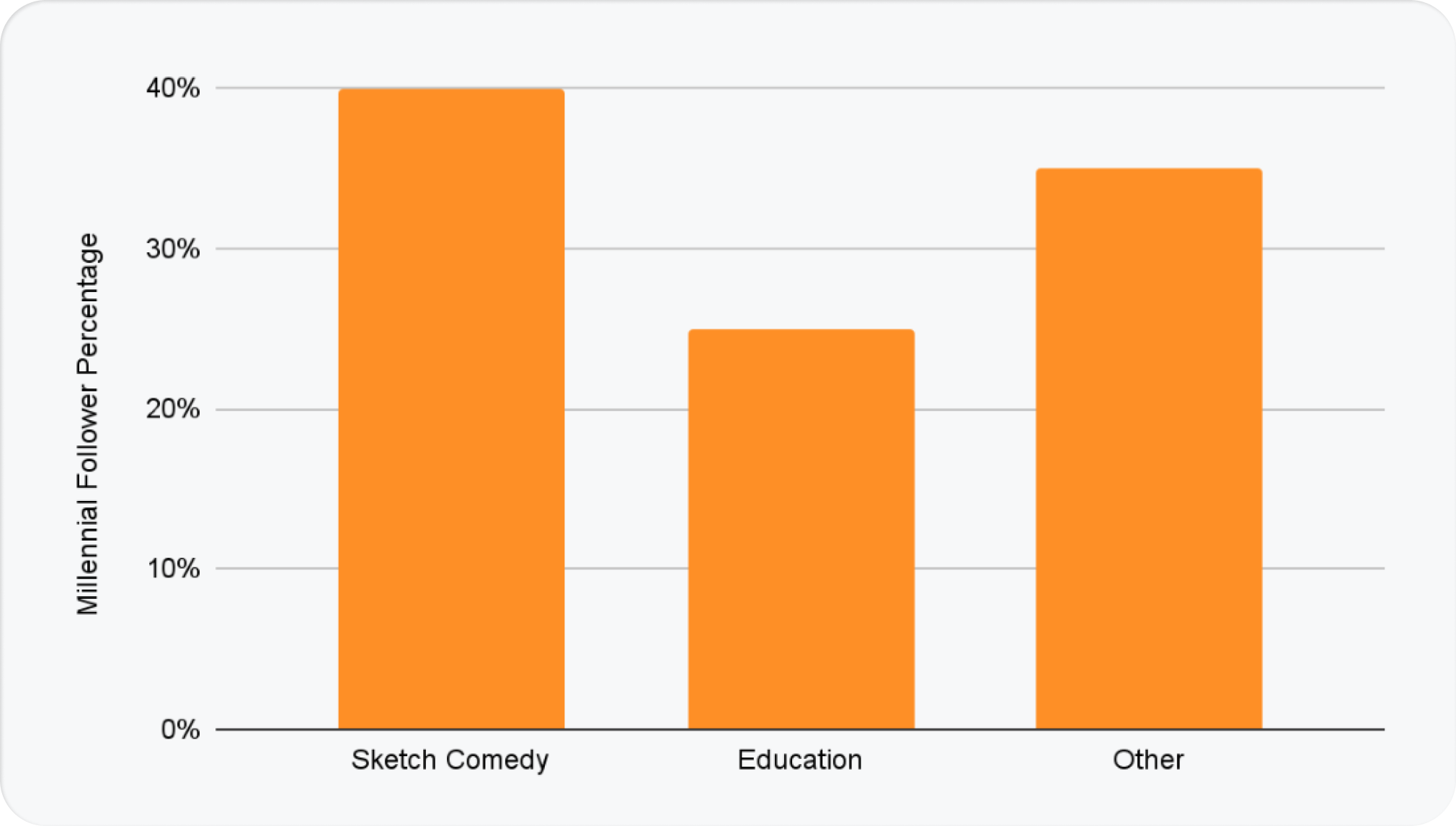
Gen X: Seeking expertise.
Gen X on Instagram.
Gen X uses Instagram to follow creators who offer expertise and advice, with a strong focus on financial and political topics. This indicates a desire for content that helps them navigate an increasingly complex world.
25% of Gen X’s top influencers are in the “News & Politics” and “Finance” categories, highlighting their use of influencers as a direct, trusted source of information.
@victoria_devine
As a financial expert and host of the She’s on the Money podcast, Victoria Devine has built a highly engaged community by providing accessible, practical financial advice that appeals directly to this demographic.
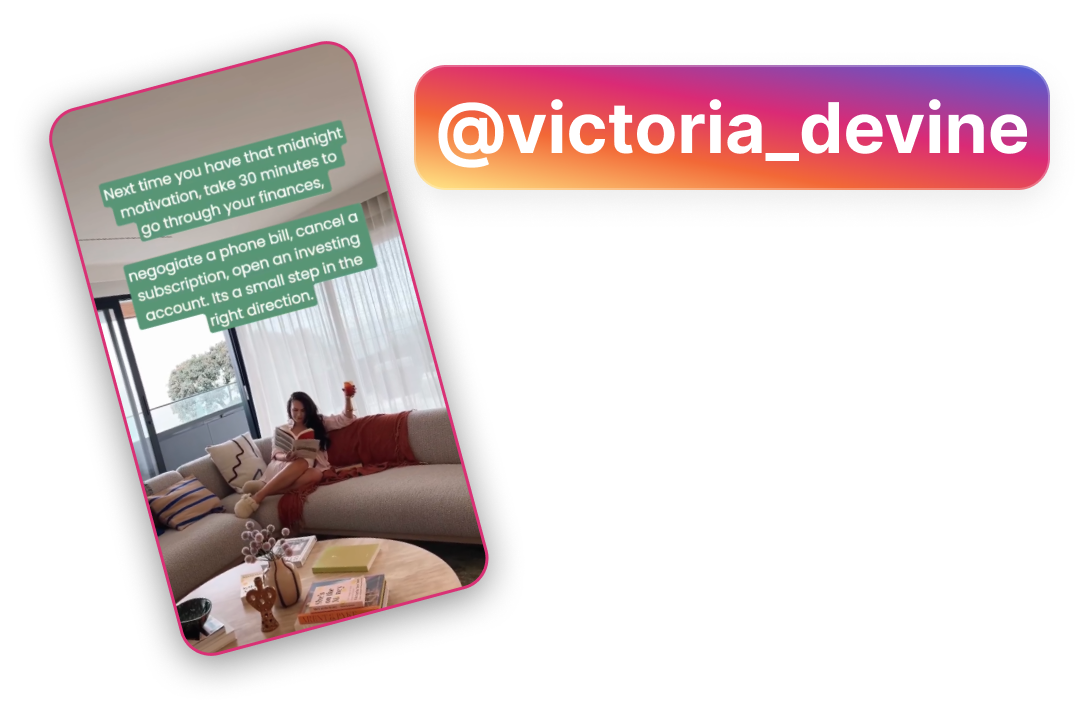
Boomers: Pinpointing new passions.
Boomers on Instagram.
Surprisingly, Instagram and TikTok is not just for the young. Boomers are finding a space for discovery and inspiration, particularly in areas related to their personal passions and leisure time.
40% of Boomers top Influencers are in the “Travel” category, whilst “Food” creators are second at 25%. This audience is using the platform for aspirational content and inspiration for their leisure and retirement plans.
@nas_adventures
A genuine, mid-life Australian couple who share authentic travel experiences and advice, directly appealing to the Boomer demographic’s interest in travel and practical information on the platform.

So what does all this mean for Marketers?
Go Deeper than Demos.
Audience demographics alone are not enough. Use data to understand the content categories that genuinely resonate with each generation’s purpose on a given platform.
Align Content to Platform.
Gen Z expects comedy on TikTok and style on Instagram. Millennials want life hacks on Instagram and ‘edutainment’ on TikTok. A single content piece won’t work on all platforms.
Build Trust for Older Audience.
For Gen X and Boomers, influencers are trusted advisors. Brands targeting these groups should focus on expertise, credibility, and value-driven information.
Embrace New Niches.
Be open to unexpected content categories. Don’t assume older audiences are not on TikTok, or that young people only want product placements.